A “Bach organ” for Riga


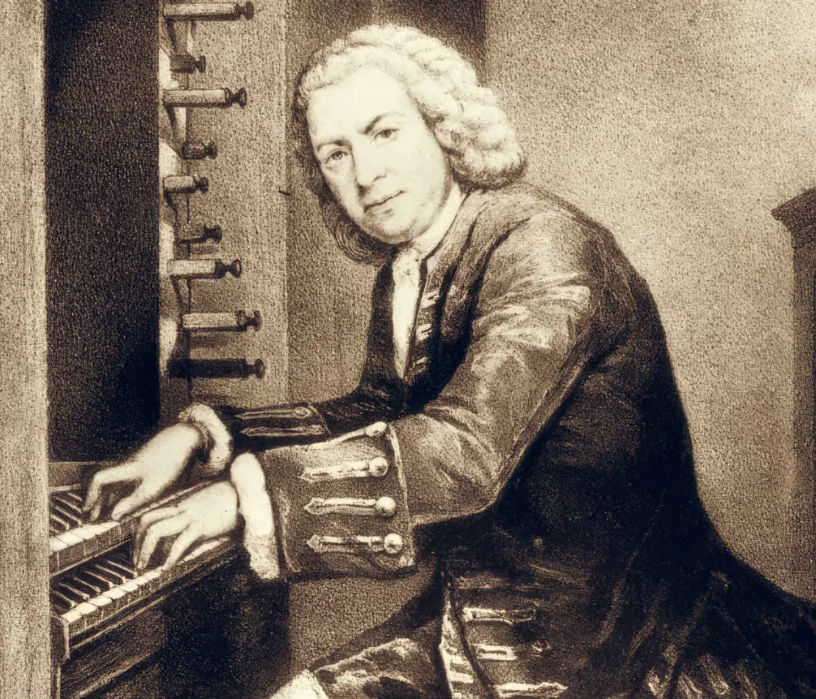
On the gallery of Riga's Dome Cathedral stands one of the world's largest and most beautiful romantic organs, built by the Walcker organ workshop (Ludwigsburg) in 1884.
The organ landscape of Riga is missing an organ that can reproduce the music of Johann Sebastian Bach and other Baroque composers of the 17th and 18th centuries in the contemporary tonal language. For this reason, many large European churches have two or more organs with different tonal characteristics.
A new organ with a special baroque sound is now to be built in the southern aisle of the cathedral as an instrument for church services, concerts and choral singing.

In a letter of recommendation (1748), Johann Sebastian Bach expressed great esteem for the organ builder Heinrich Andreas Contius (1708–1795) from Halle an der Saale. In 1763, Contius built a baroque organ for the Church of St. Jacob in Riga, of which only the baroque façade remains today. The baroque organ was replaced by a romantic instrument.
In addition to the organ in St. Jakobi, H.A. Contius also built the organs in Liepāja, in Valmiera and in the Reformed Church in Riga. He also worked on the old organ that stood in front of the Walcker instrument in the cathedral. In Liepāja and in the large Riga Cathedral organ, many of Contius's pipes are still preserved, providing a good basis for rebuilding a baroque organ in his style.
H.A. Contius's teacher was the Brandenburg organ builder Joachim Wagner (a student of the famous Gottfried Silbermann). Contius worked in Wagner's workshop for seven years.
The design of the new ‘Bach organ’ is therefore visually based (with all the decorative work) on the organs of Contius's teacher Wagner and tonally on the still-existing organ registers of H. A. Contius.
Picture on the right: Historical drawing of the baroque organ for the church of St. Jakobi in Riga
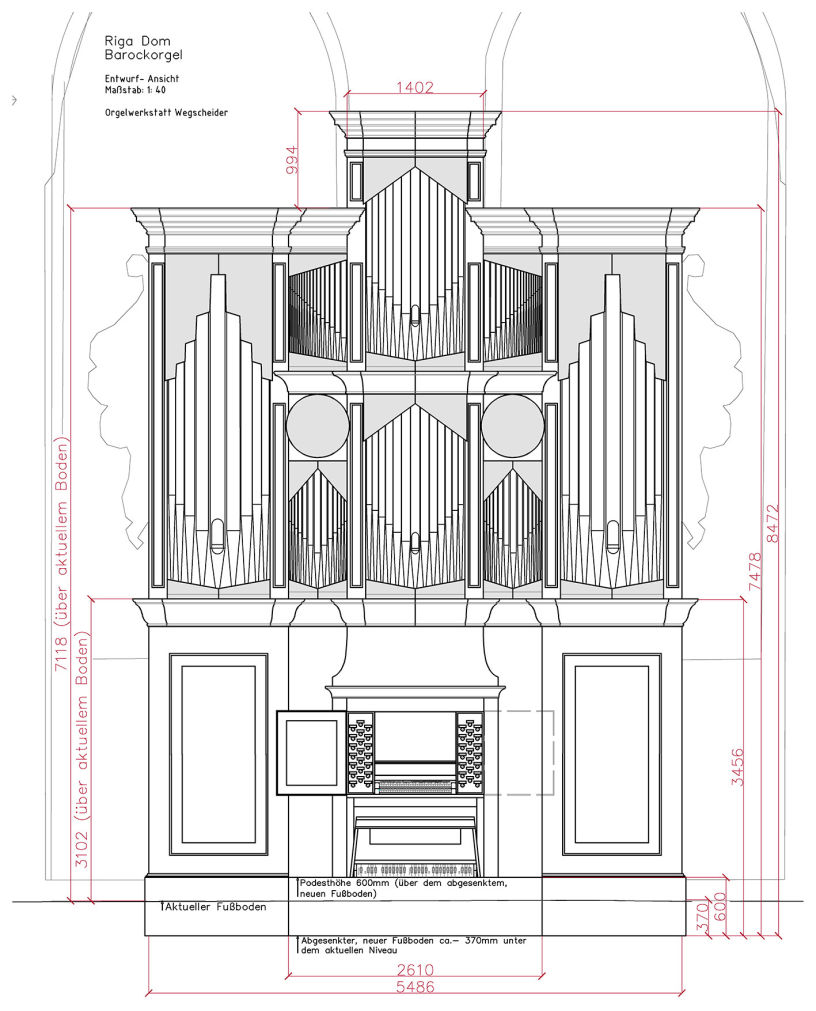
The plan is to create a magnificent-sounding organ with 38 stops on 2 manuals and pedal, which will give the church services and concerts a special baroque tonal colour.
The cantatas of J.S. Bach and other baroque ensemble music by contemporary and modern composers can be performed with this new Bach organ in the lower part of the church, close to the listening visitors.
In May 2025, members of the Förderverein Orgel Dom Riga e.V. (Friends of Riga Cathedral Organ Association) undertook a specialist trip to Riga and Liepāja together with organ builder Kristian Wegscheider to examine the original organ pipes of Baroque master Heinrich Andreas Contius.
Contius, a student of the Central German organ tradition around Gottfried Silbermann, was the most important organ builder in the Baltic region in the 18th century. His instruments are characterised by a clear, colourful sound that Johann Sebastian Bach once expressly recommended.
Original pipes and technical details were documented and measured in Riga Cathedral and the Holy Trinity Cathedral in Liepāja. The aim of these studies is to make the authentic Contius sounds audible again in the construction of the new Baroque organ in Riga Cathedral – on an instrument that combines the fascination of Baroque sound art with modern craftsmanship and precision.
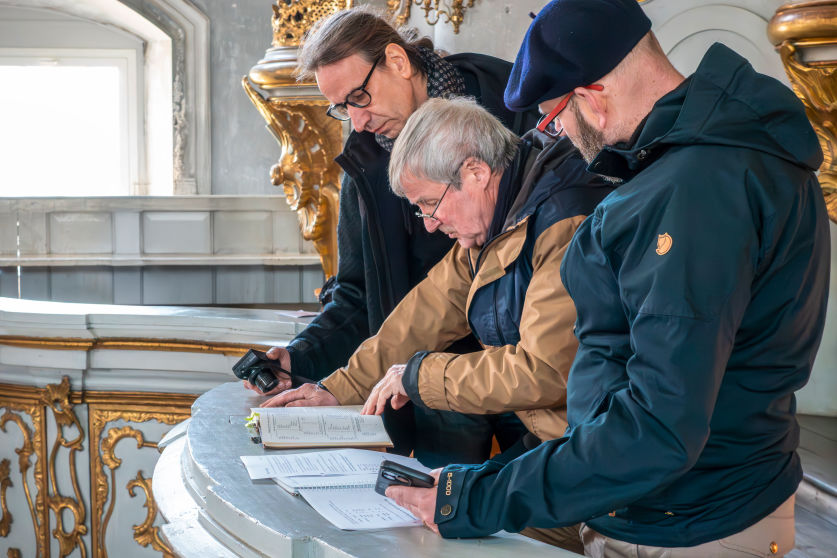
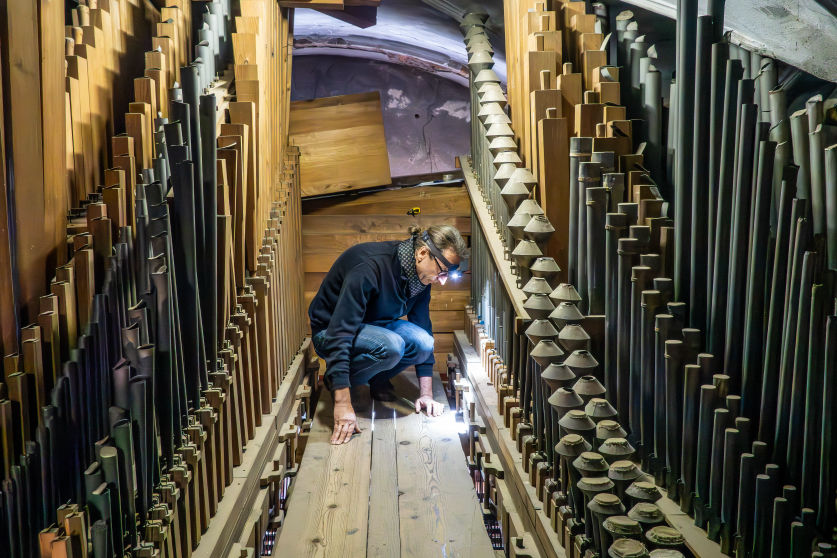

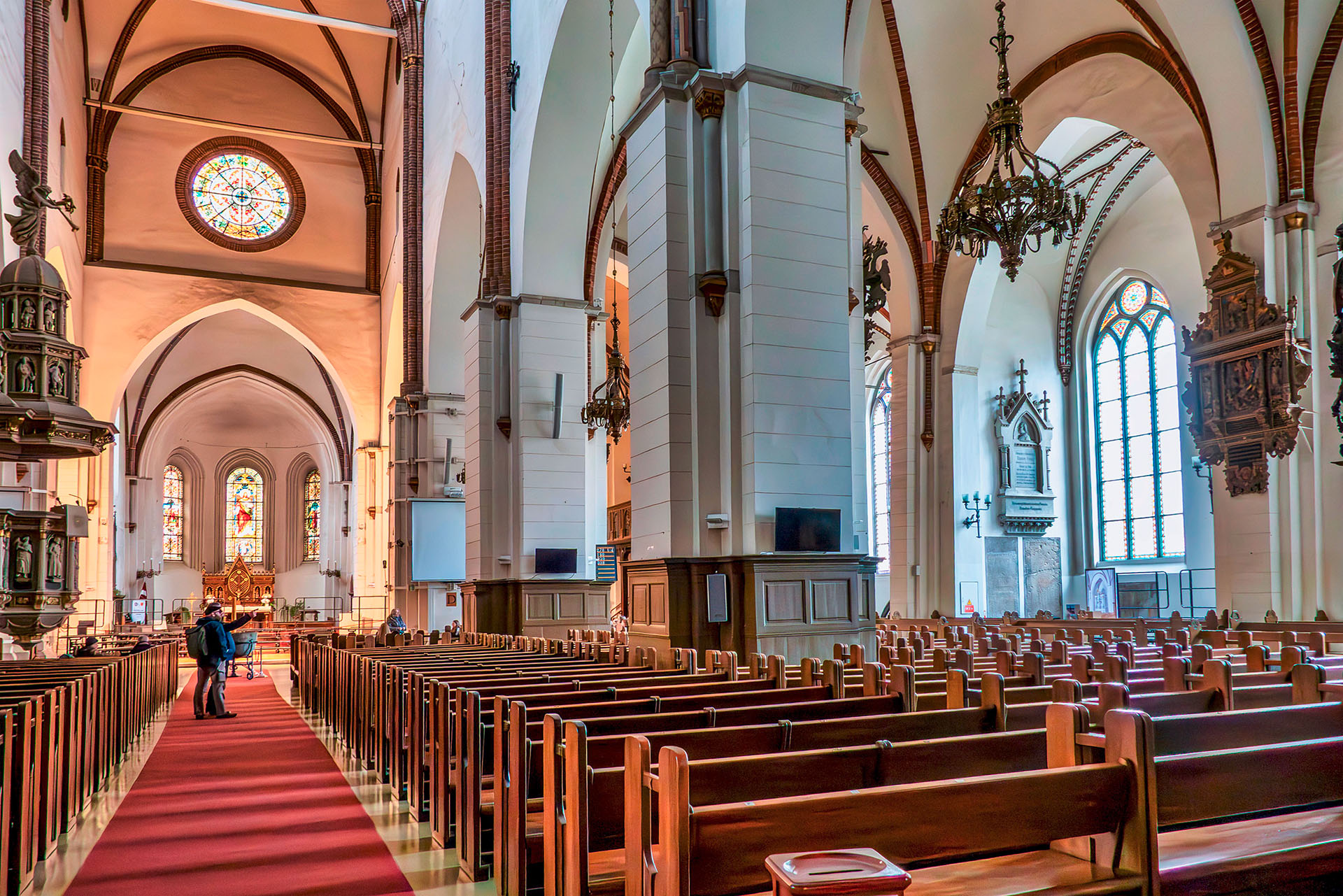
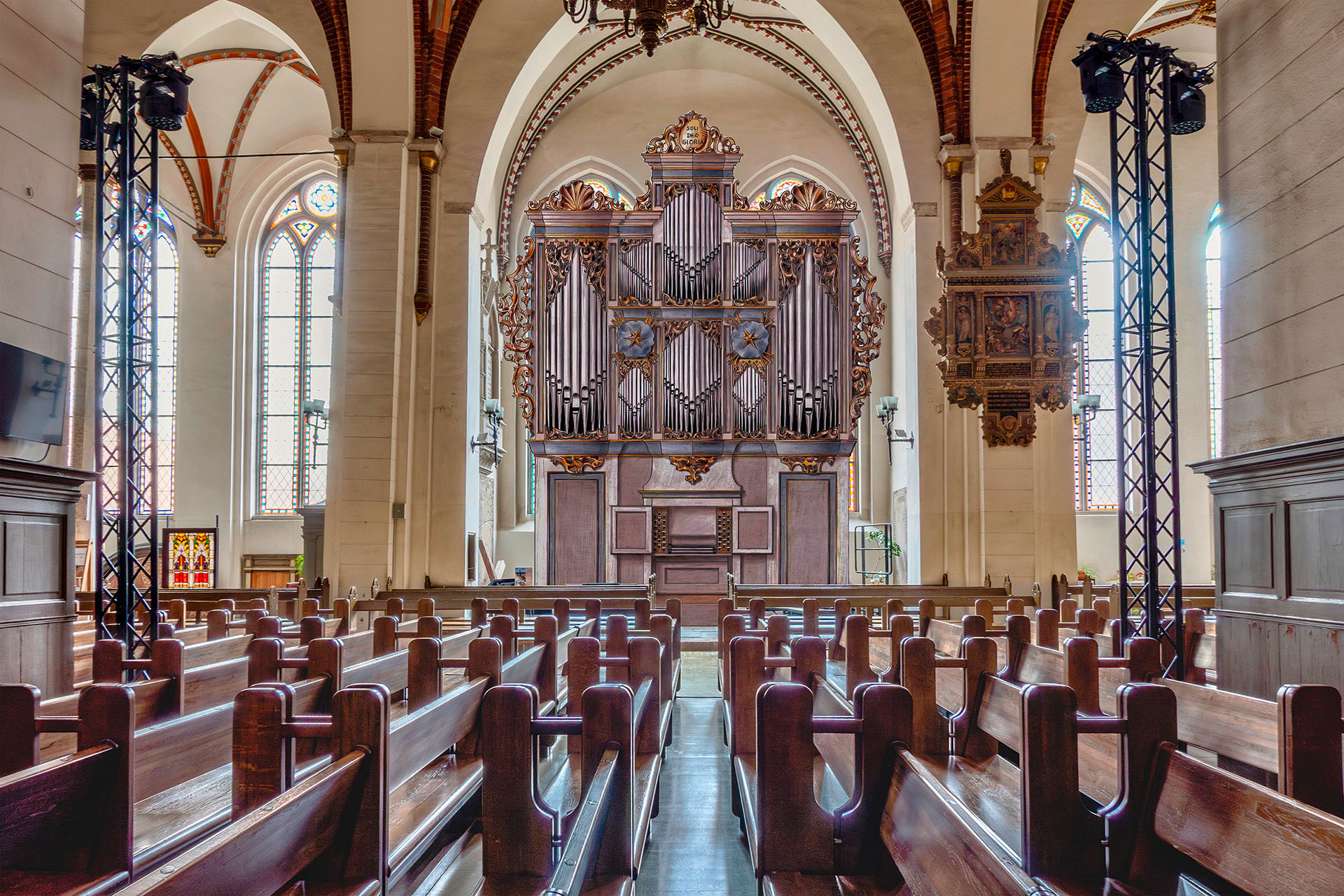
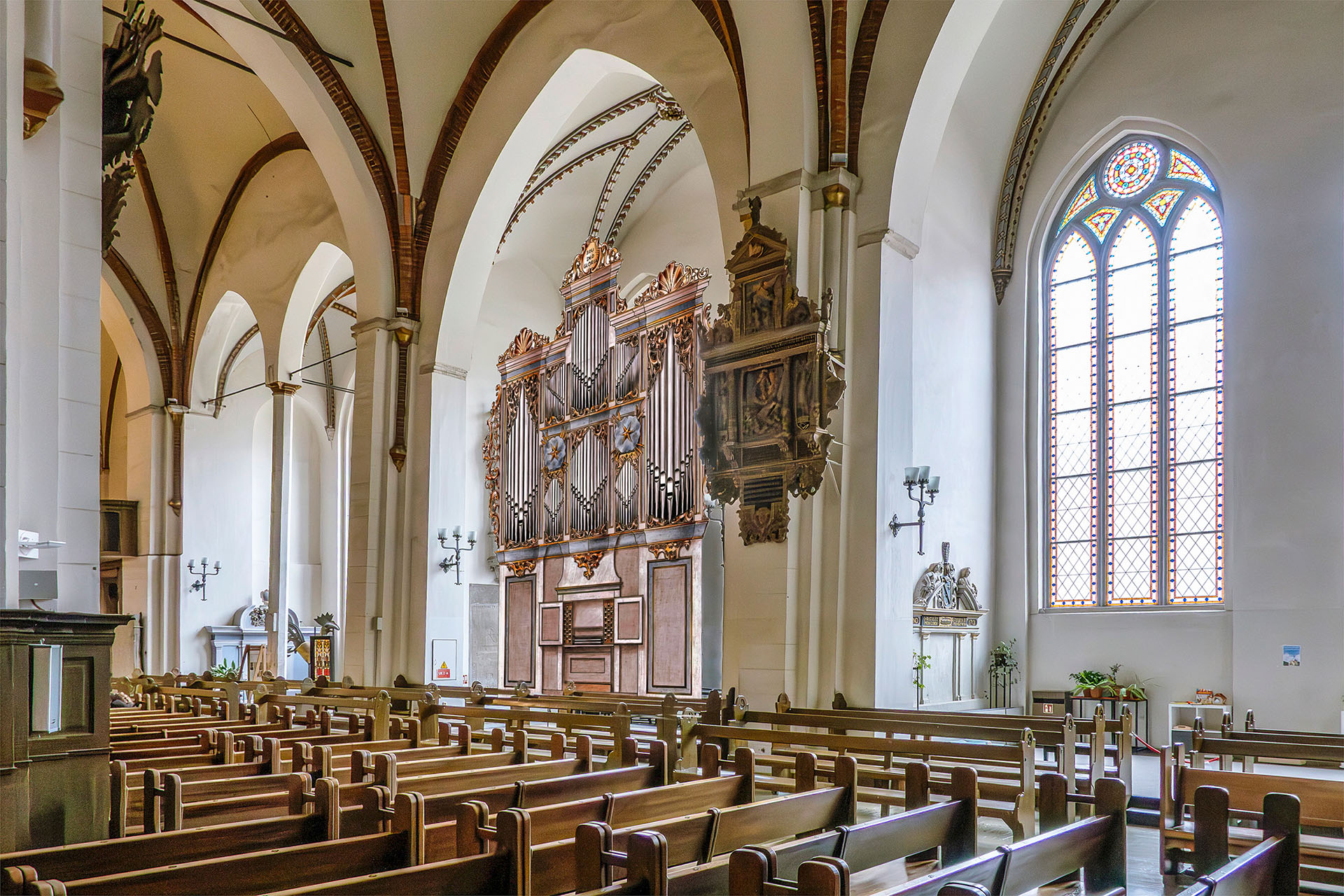
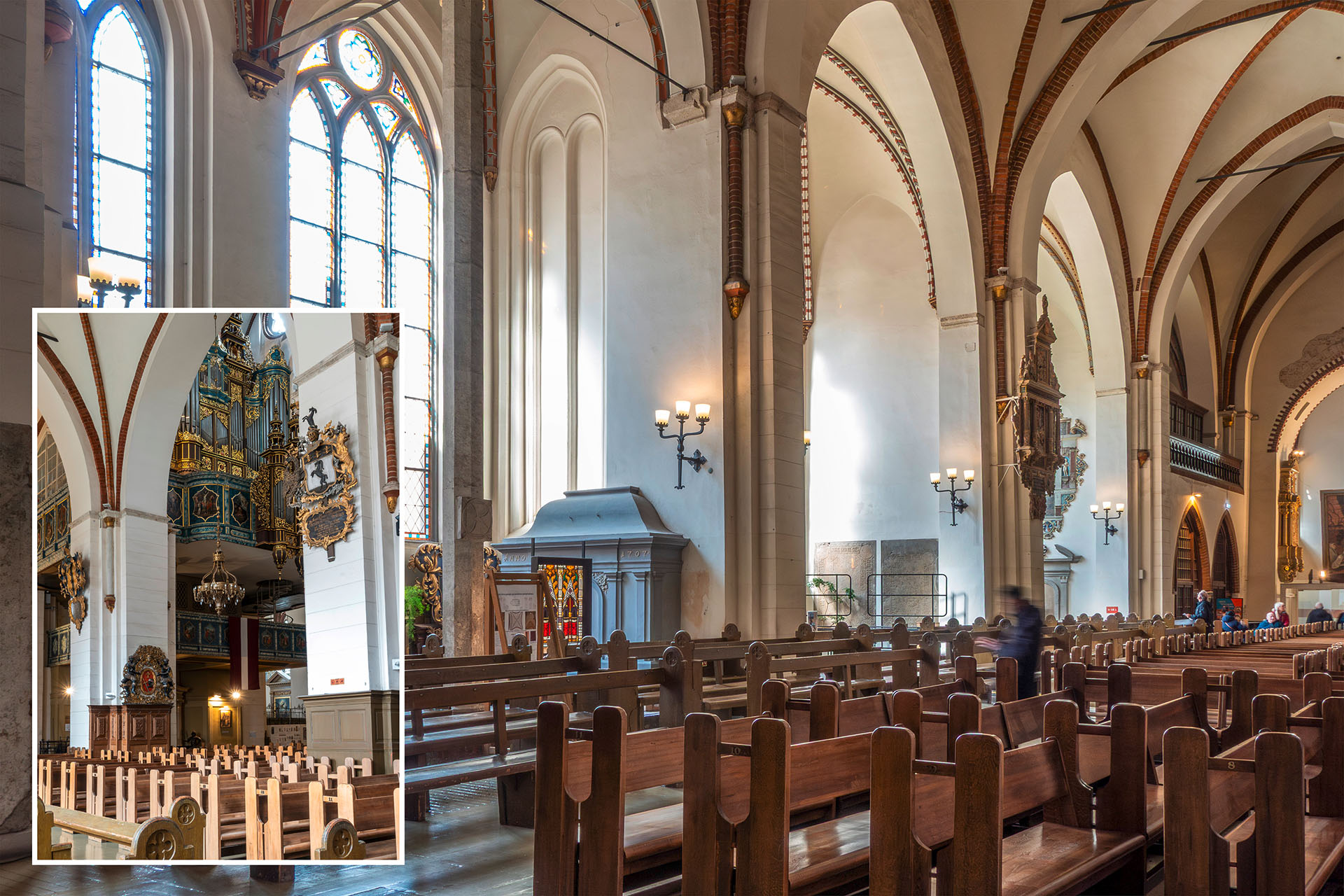
Swedbank AS, Latvijas Evaņgēliski Luteriskās Basnīcas Rīgas Doma Draudze,
IBAN: LV19 HABA 0551 0065 1477 7 • BIC: HABALV22
German donation account for the project:
Postbank • BIC: PBNKDEFF • Konto (IBAN): DE49 1001 0010 0896 3821 02